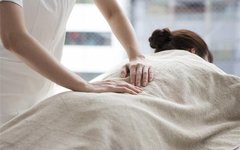
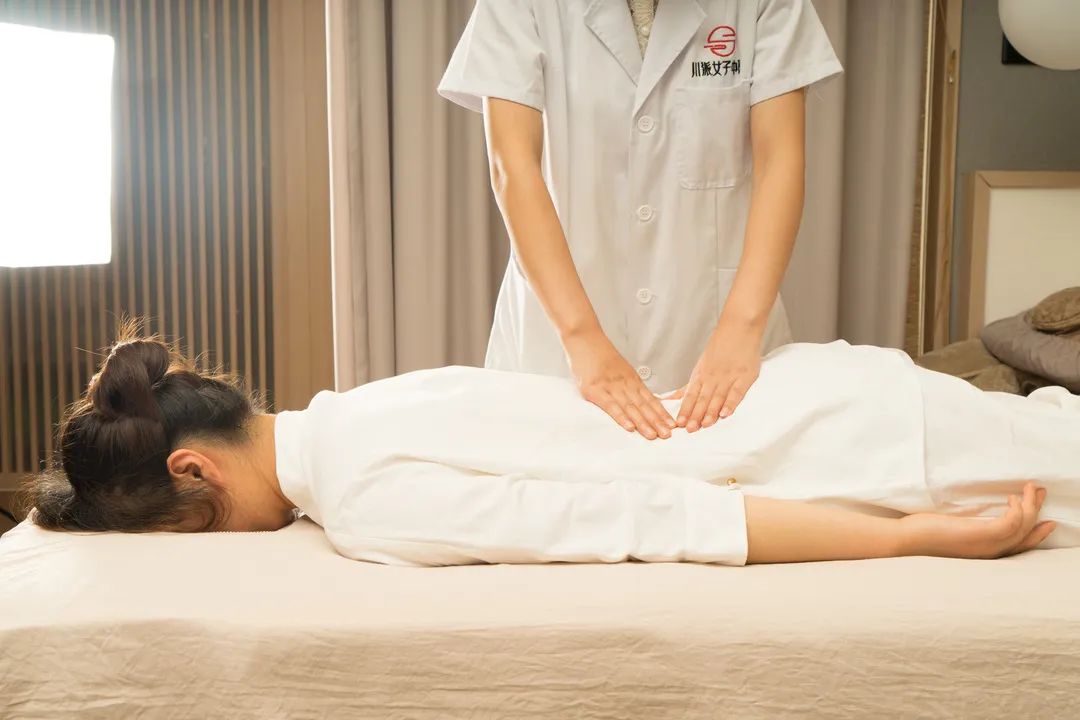
Tui Na (推拿) is a method of treatment in Traditional Chinese Medicine (TCM) and is distinctly different from massage.
Myth:
For issues like lower back pain, stiff neck, or shoulder discomfort, going to a hospital may seem excessive, and there may not be a relevant department to treat these conditions. Therefore, many people opt for “Tui Na massage” at massage parlors or beauty salons for relief. Many establishments also display signs for “Tui Na massage” to attract customers.
Tui Na and massage are often compared as if they are twins, but are they the same? Why are there different names? What are the differences?
Differences and Similarities Between Tui Na and Massage
1. From a historical perspective: Massage is the ancient term, and during the Ming Dynasty in China, the term was changed to Tui Na. Works such as “The Secret of Pediatric Tui Na” and “The Complete Book of Pediatric Tui Na” replaced the term massage with Tui Na. This change should not be seen merely as a name change but as a reflection of the development of this therapy and the increased understanding of the techniques involved.
2. From the perspective of techniques: Massage consists of only a few simple techniques, originating from basic pressing and rubbing. Tui Na, on the other hand, has over 30 techniques and is relatively more specialized. In the Qing Dynasty, a systematic summary of Tui Na techniques for treating injuries was compiled, such as in the book “Yi Zong Jin Jian,” which lists eight methods for treating injuries: mo (摸), jie (接), duan (端), ti (提), an (按), mo (摩), tui (推), and na (拿). Massage practitioners typically remain limited to basic techniques.
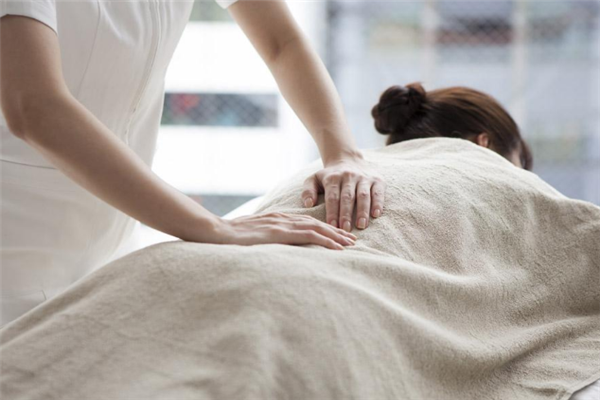
3. From the treatment scope: Massage is more focused on daily health maintenance and fatigue relief, while Tui Na is aimed at treating diseases. Contemporary Tui Na therapy addresses conditions such as neck, shoulder, and back pain, tenosynovitis, bursitis, colds, constipation, diarrhea, gastroptosis, dysmenorrhea, amenorrhea, hemiplegia, hypertension, asthma, and various internal and external pediatric diseases, covering a wide range; massage is suitable for daily acupoint and area health maintenance.
4. From the practitioners: Health massage is generally performed by beauticians or blind massage therapists who often lack clinical experience and medical qualifications; Tui Na is practiced in professional medical institutions and clinics, where practitioners typically undergo extensive professional training and possess rich clinical experience and relevant medical qualifications.
5. From the treatment population: For children under six years old, massage tends to be more about gentle touch techniques, and generally, no special massage is performed on young children; whereas Tui Na is a distinct treatment method for children, showing good efficacy for conditions like indigestion, upper respiratory infections, and allergic rhinitis. For adults, both massage and Tui Na are popular treatment options.
6. From the purpose and methods: Health massage aims to achieve wellness and health maintenance through massage techniques, serving as one of the methods in TCM for health preservation, primarily focusing on fitness and disease prevention, with treatment as a secondary goal. Tui Na, including injury Tui Na, is one of the external treatment methods in TCM, guided by the fundamental theories of TCM, using Tui Na techniques to achieve therapeutic goals. This is one of the oldest methods of treating diseases, primarily focused on diagnosis and treatment, with health maintenance as a secondary goal.
The Therapeutic Principles of Tui Na
There are often news reports about Tui Na, and sometimes it is stigmatized, leading many people to have biases and misunderstandings about it. For example, Tui Na seems to promise a cure for all ailments, but in reality, it may not be effective for everything. Some people question the therapeutic principles of Tui Na, believing that simply rubbing and pressing cannot yield therapeutic effects.
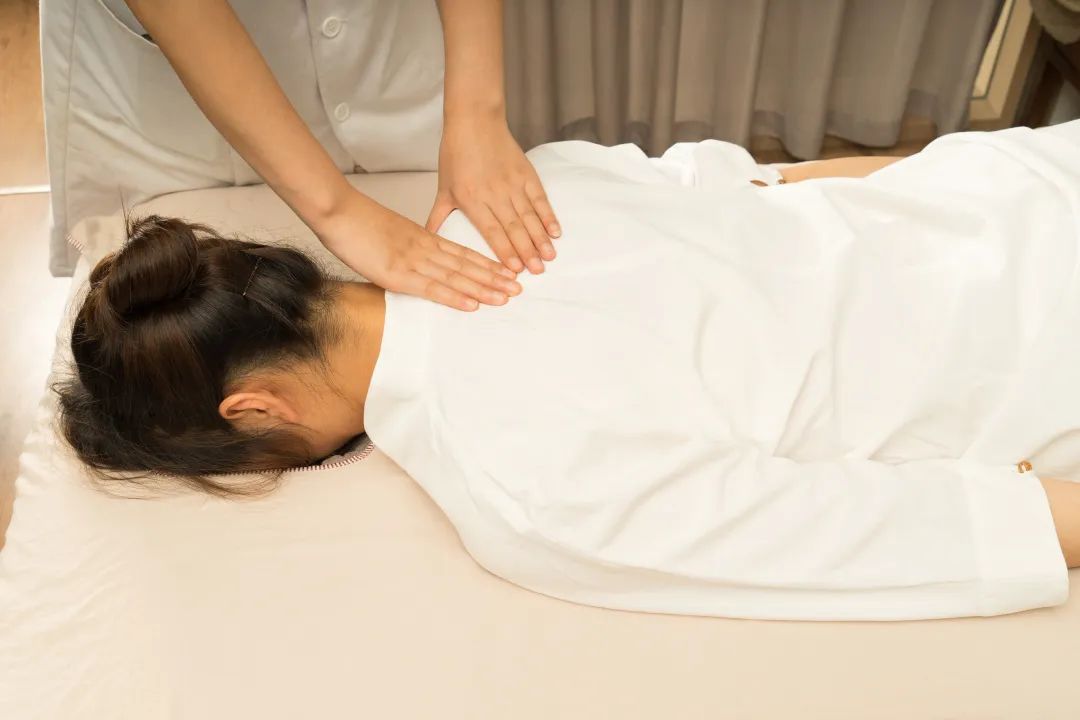
In fact, Tui Na can indeed treat diseases. Its basic therapeutic principles are as follows:
By stimulating corresponding acupoints and painful areas on the body surface through techniques, and utilizing the connection and conduction effects of the meridians (经络), it regulates the functions of internal organs to achieve therapeutic goals.
The techniques of Tui Na act on the acupoints along the meridians on the body surface, which can trigger local meridian responses, stimulating and adjusting the menstrual cycle, and through the meridians, influence the functional activities of the connected organs, tissues, and limbs, thereby regulating the physiological and pathological conditions of the body, achieving the goal of unblocking the meridians and harmonizing the internal organs, restoring normal physiological functions.
Tui Na can promote the circulation of Qi (气) and blood (血), invigorating blood and resolving stasis through the direct effects of the techniques. The direct stimulation of acupoints and areas on the body surface causes local capillaries to dilate, alleviating or eliminating muscle vascular spasms, ensuring smooth meridians, accelerating blood circulation, and eliminating blood stasis.
Tui Na techniques are effective in improving injuries and joint pain, promoting recovery. For example, in cases of partial tendon or ligament rupture, appropriate techniques such as pressing, rubbing, pushing, and wiping can be used to realign the torn tissues, reducing pain and facilitating the healing of the ruptured ends; for patients with lumbar disc herniation, appropriate Tui Na techniques can alter the positional relationship between the herniated material and the nerve roots, thereby relieving or reducing pressure or stimulation on the nerve roots, alleviating or eliminating aseptic inflammation and pain.
Indications for Tui Na Treatment
Tui Na is not a cure-all, but it has significant therapeutic effects on the following diseases.
Orthopedic diseases: such as lumbar disc herniation, cervical spondylosis, shoulder periarthritis, stiff neck, acute lumbar sprains, lateral collateral ligament injuries of the knee, piriformis syndrome, chronic lumbar muscle strain, back muscle fascia inflammation, knee osteoarthritis, etc.
Peripheral nerve diseases: such as facial nerve paralysis, trigeminal neuralgia, sciatica, common peroneal nerve injury, etc.
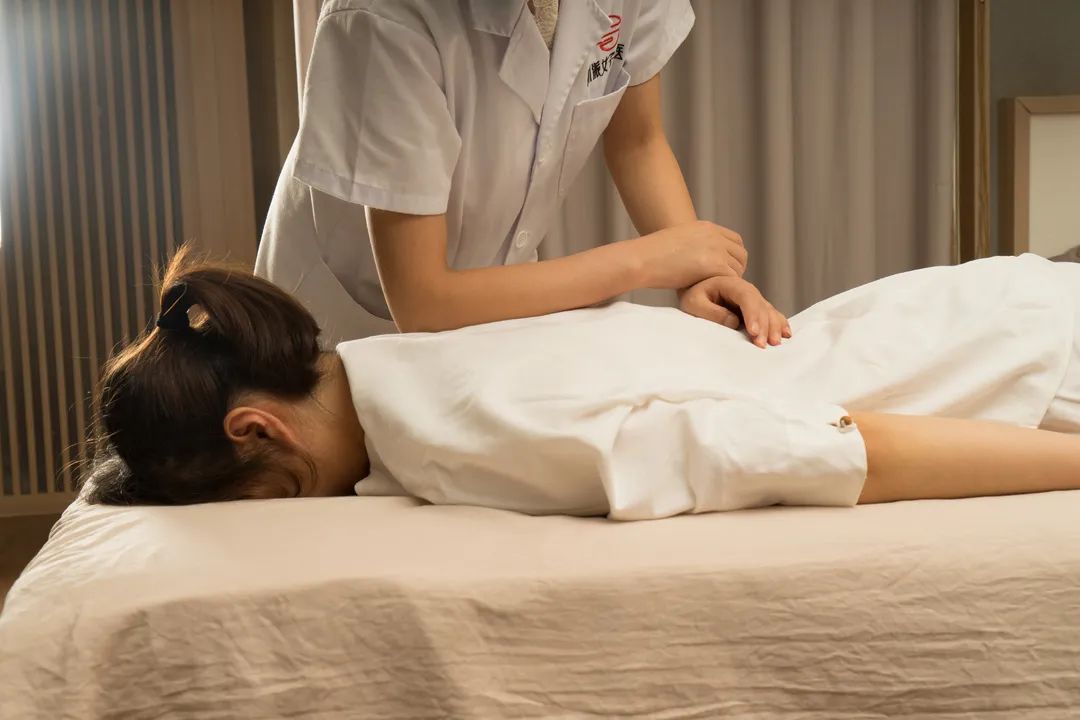
Internal diseases: such as colds, headaches, insomnia, stomach pain, gastroptosis, hypertension, constipation, chronic diarrhea, enuresis, hemiplegia, etc.
Gynecological diseases: such as menstrual irregularities, dysmenorrhea, amenorrhea, chronic pelvic inflammatory disease, mastitis, and postpartum pubic symphysis separation, etc.
Pediatric diseases: such as infant diarrhea, colds, fever, enuresis, pediatric muscular torticollis, cerebral palsy, malnutrition, and sequelae of poliomyelitis, etc.
Otorhinolaryngological diseases: such as pseudomyopia, loss of voice, chronic rhinitis, toothache, etc.
Situations Where Tui Na Should Not Be Used
1. Acute diseases, febrile diseases, various infectious diseases, and benign or malignant tumors.
2. Acute phase of inflammation, such as purulent arthritis, tuberculous arthritis, etc.
3. Severe internal diseases, such as heart disease, nephritis, and mental illnesses.
4. Conditions prone to bleeding, such as diabetes, tuberculosis, hemophilia, and thrombocytopenic purpura.
5. Infectious and ulcerative skin diseases, such as leprosy, ringworm, open wounds, and burn injuries.
6. Women during pregnancy, menstruation, or postpartum with unexpelled lochia.
Understanding the differences between massage and Tui Na is crucial. When experiencing discomfort, one should promptly visit a legitimate medical institution and choose appropriate treatment methods under the guidance of a physician, practicing rational medical care. Especially for the elderly, symptoms such as sudden chest pain, back pain, left arm radiating pain, stomach pain, and limb numbness should be evaluated for cardiovascular diseases before proceeding with massage treatment to avoid delaying serious conditions.
Copyright Statement:We emphasize sharing; the images and text are sourced from the internet, and the copyright belongs to the original authors. If there is any infringement, please inform us, and we will promptly delete and apologize.
Click the text below to learn more exciting content:
The World's Most Peculiar Education - Traditional Chinese Medicine
Promoting TCM Culture for the Health of the People - Intangible Cultural Heritage - Bai Cao Tong Jing Huo Luo
Intangible Heritage Bai Cao Tong Luo Shaolin Zhe Quan Tang: Spreading TCM Culture, Leading a Healthy Life
Nine Home Remedies of Intangible Heritage Bai Cao Tong Luo Shaolin Zhe Quan Tang
Intangible Heritage Inheritance of TCM Conditioning Therapy - Nine Methods for Cervical Spine Adjustment

